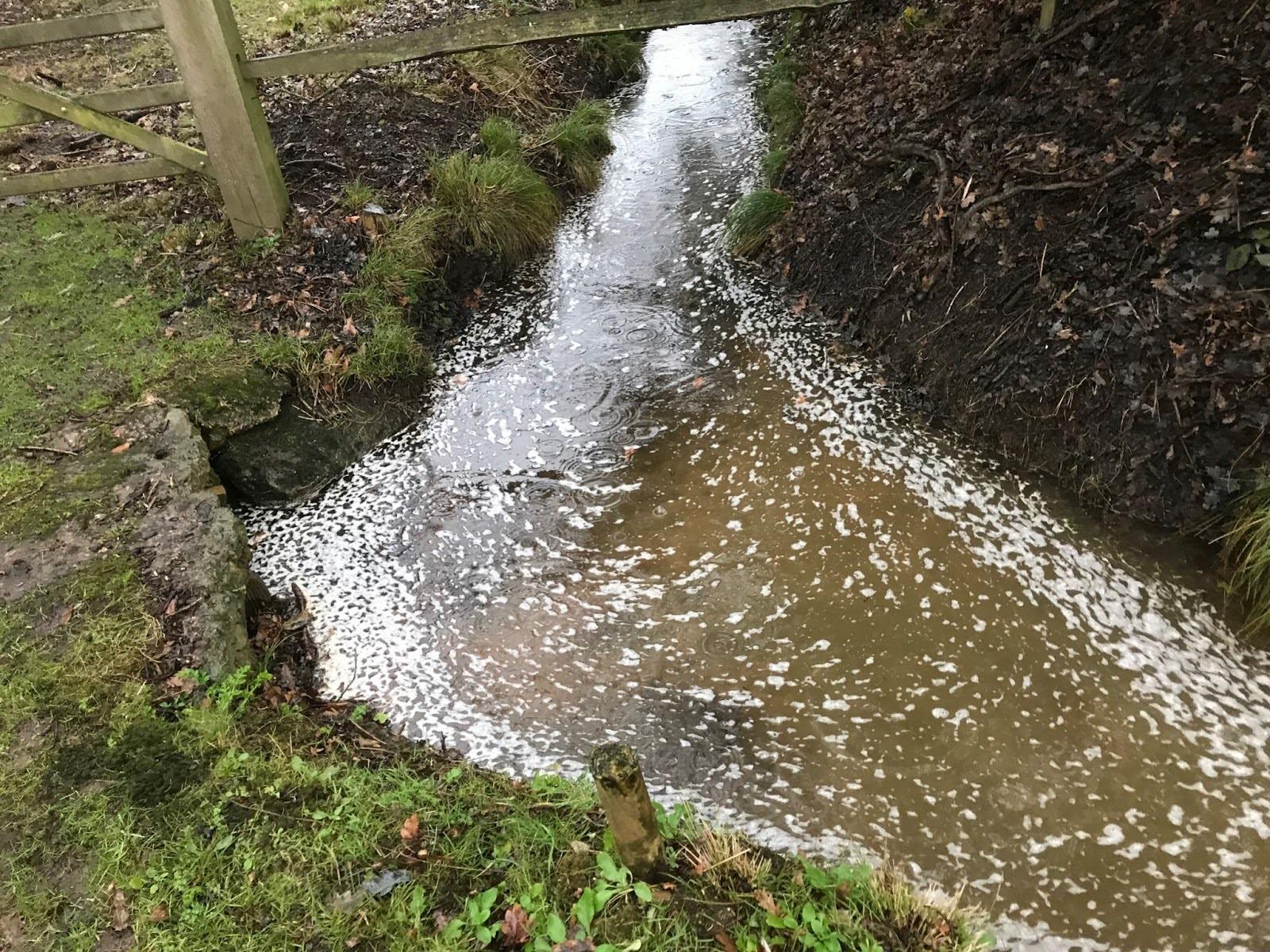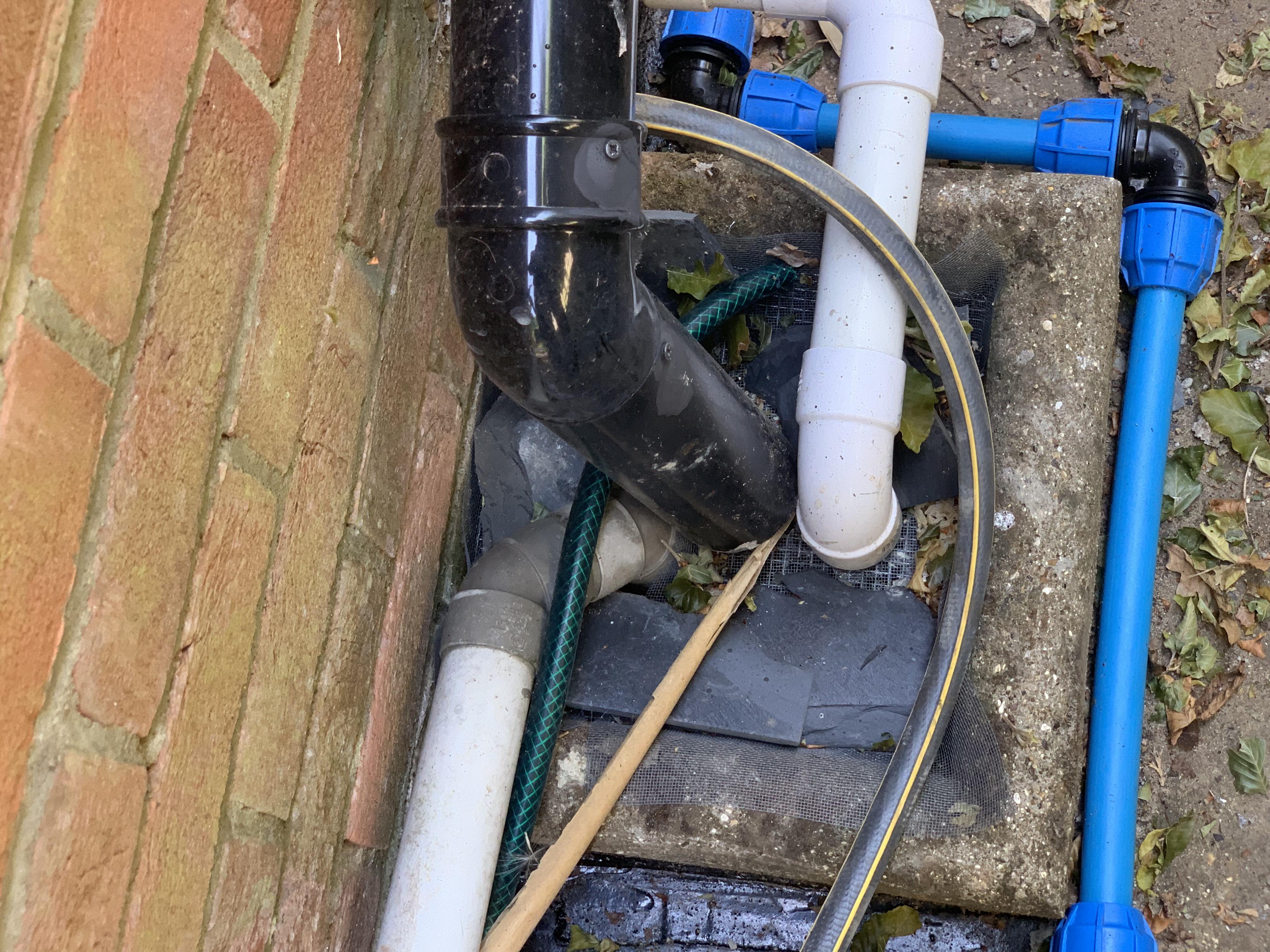Stop Surface Water Sabotaging Our Rivers – Simple Steps to Save Our Seas

There’s a lot to read here, and it’s quite interesting, but are we asking people to take an obvious and simple action right now?
The truth is, we’re not encouraging people to do something that could start saving our seas today. By taking action, we could prevent billions of litres of surface water from entering foul systems.
Every time it rains
If people were truly interested in saving our rivers and seas, the evidence would be as clear as day. Yet, I often hear this remark: “We didn’t have any problems before you came.”
Let me share an example. There was a treatment plant malfunctioning due to excess maintenance needs. It was obvious to me that rainwater was entering the system, which served two large houses. I recommended a survey, but the homeowner replied: “I’m not worried about the cost of the survey; I just don’t want to know what you’ll find.”
Real-world challenges
As a Drainage Engineer working for a company of 25 people, we serve a variety of properties—from large country houses and townhouses to council homes and schools.
However, I often feel like an outcast when I bring up the issue of surface and roof water in drains. I have hundreds of photos and videos to demonstrate the problem, but it seems no one is interested. A builder once told me, “Customers will spend £20,000 on a kitchen but won’t invest a penny in their drains.”

This attitude is baffling. Drains serve the kitchen, yet surface and roof water can damage treatment plants, septic tanks, and pumping stations. It leads to pollution, electricity waste, and costly replacements for systems that should last twice as long.
A bigger issue: pollution and inefficiency
Public treatment works are also affected when surface and roof water enters sewer systems. This misuse contributes to river and sea pollution.
Many inspection chamber lids (covers and frames) are not sealed, allowing surface water to seep in. Some properties even have downpipes from roofs connected directly to the sewer system.
How does this impact you?
If you live in the Thames Water area, covering Surrey, Berkshire, Hampshire, West Sussex, and South West London, we at ASL can help. Give us a call, and we’ll quickly determine if rainwater is infiltrating your system.
For private systems like septic tanks or treatment plants, excess rainwater increases costs due to unnecessary emptying, while also polluting land drains. Here’s what to consider:
- Surface water often sneaks into pipes, accelerating sewage flow.
- Roots can break through old pipes, worsening the issue.
- Makeshift solutions, like adding pumps to septic tanks, rarely work.
Inspection covers around your system might be loose or unsafe, allowing rainwater to enter. Replacing these with sealed covers is crucial during heavy downpours.
Updated regulations for private systems
The Environment Agency recently updated rules for private sewage systems. Many older systems no longer meet these standards, requiring replacements to stay compliant.
For septic tanks, a percolation test can determine whether the surrounding soil is suitable for a drainage field. Keep in mind that septic tanks can now only discharge to the ground via a drainage field—not directly into streams or rivers.
If rainwater enters your system, it will likely fail within two years. A treatment plant is often a more sustainable long-term choice. If you believe your system treats sewage to a similar standard as a packaged treatment plant, consider testing its effluent quality. You may then apply to the Environment Agency for a special permit.
How you can help
We need your help to ensure surface and roof water doesn’t overwhelm treatment plants. Even small actions can make a big difference.
Here’s what you can do:
- Don’t connect rainwater from gutters and gullies to the sewage system.
- Replace old or loose inspection chamber lids with sealed ones.
- Check your property for any connections allowing surface water into the system.
Why this matters
UK water companies are increasingly concerned about rainwater entering sewage drains. Overwhelmed public treatment systems often discharge untreated sewage into rivers to prevent urban flooding, but this poses serious environmental risks.
Protect yourself, your family, and the environment by addressing these issues now.
How ASL Limited can help
At ASL Limited, we specialise in all aspects of drainage, from CCTV surveys and soakaway installations to septic tank and treatment plant services. Our expert team operates across Surrey, Berkshire, Hampshire, West Sussex, and South West London.
Call us today on 0800 0488 701 or email info@asllimited.co.uk to arrange a survey. We’ll identify any surface water infiltration and guide you towards an effective solution.
Together, we can protect our rivers, seas, and homes.

